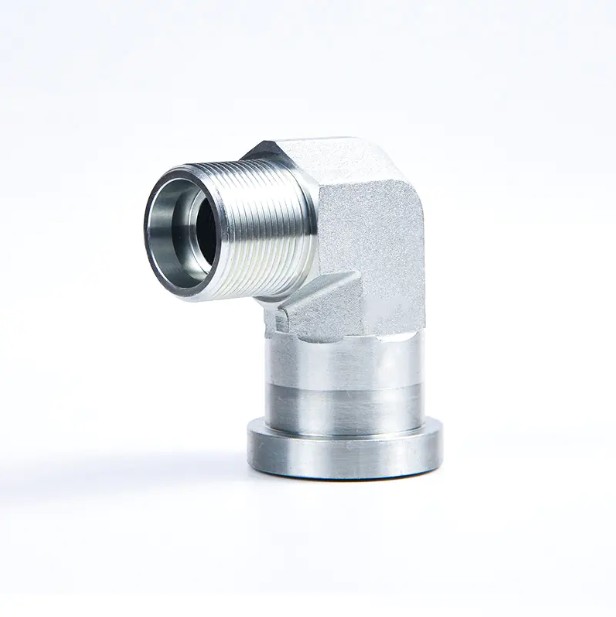The manufacturing and performance of Hydraulic DIN Flanges are governed by several quality standards to ensure reliability, safety, and compatibility. Some of the key standards include:
-
DIN Standards: DIN, or Deutsches Institut für Normung (German Institute for Standardization), establishes standards for a wide range of products, including hydraulic components. DIN standards specific to flanges, such as DIN 2501 for flanges and DIN 2512 for flanges with reduced pressure, provide guidelines for design, dimensions, and materials.
-
ISO Standards: The International Organization for Standardization (ISO) sets international standards to ensure product quality and interoperability. ISO 6162 and ISO 6164 are examples of standards that cover hydraulic fluid power — flange connections.
-
SAE Standards: The Society of Automotive Engineers (SAE) develops standards for various aspects of the automotive and aerospace industries, including hydraulic systems. SAE J518 is a standard specifying hydraulic flange connections.

-
ASME Standards: The American Society of Mechanical Engineers (ASME) provides standards for a wide range of mechanical components. ASME B16.5 covers flanges and flanged fittings, including those used in hydraulic systems.
-
EN Standards: The European Committee for Standardization (Comité Européen de Normalisation or CEN) issues standards for products used in Europe. EN 1092-1 is an example of a standard for flanges in pressure vessels and piping.
-
BS Standards: The British Standards Institution (BSI) publishes standards that cover various engineering components. BS 4504 and BS EN 1759-1 are examples of standards relevant to flanges.
-
ANSI Standards: The American National Standards Institute (ANSI) establishes standards for a broad range of industries. ANSI B16.5 covers pipe flanges and flanged fittings.
-
API Standards: The American Petroleum Institute (API) develops standards for the oil and gas industry. API 6A includes specifications for wellhead and Christmas tree equipment, which may involve flange connections.
-
ASTM Standards: The American Society for Testing and Materials (ASTM) provides standards for materials and products. ASTM A105/A105M covers carbon steel forgings for piping applications, including flanges.
-
JIS Standards: The Japanese Industrial Standards (JIS) includes specifications for various products. JIS B 2220 covers steel pipe flanges.
Adherence to these standards is crucial for manufacturers and users of hydraulic DIN flanges to ensure consistency, compatibility, and safety across different systems and applications. Compliance with these standards helps to achieve a level of quality that meets industry expectations and regulatory requirements.

 EN
EN  中文简体
中文简体












